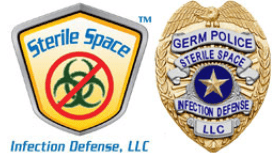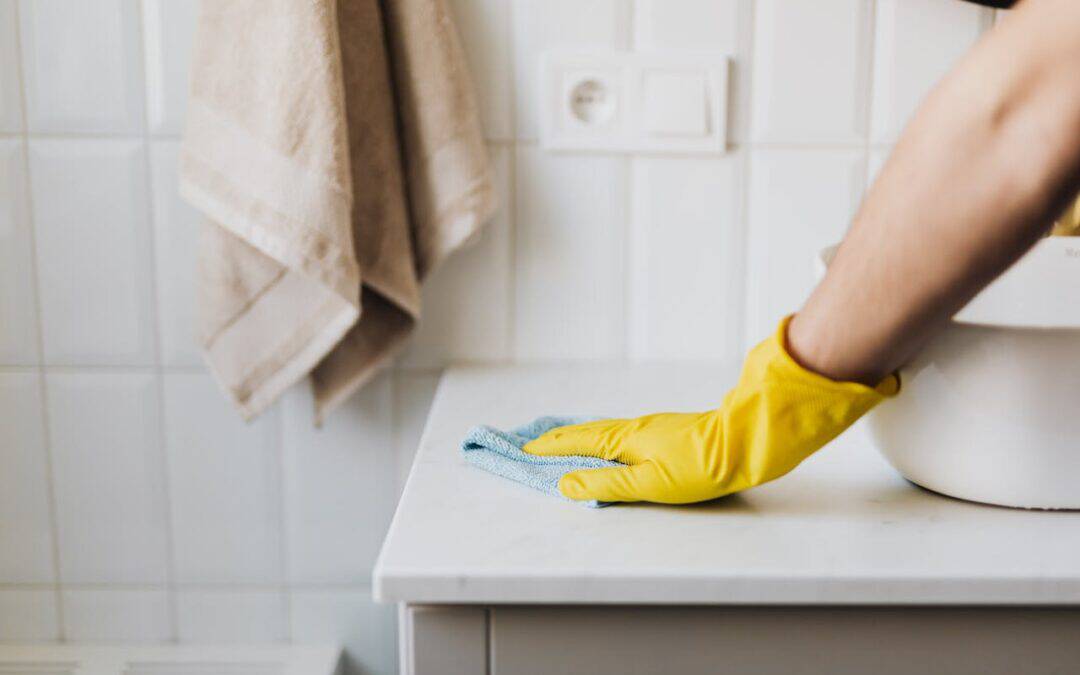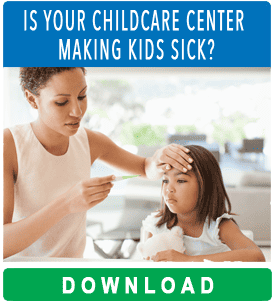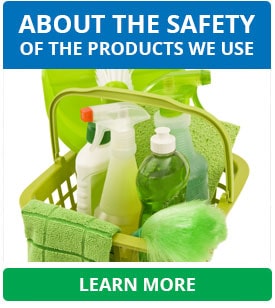Originally Published by Verywell Health
With spring underway, you may be thinking of deep cleaning your home soon. As you do, consider areas where germs accumulate that are usually missed during routine cleans.
“There are the obvious places—like the toilet, places people’s hands have touched, doorknobs, sinks—but there’s a lot of areas in the home people don’t think about,” Rachel Noble, PhD, a professor in the Department of Environmental Sciences and Engineering at the University of North Carolina, told Verywell.
Bacteria, fungi, and molds can flourish in the hidden corners of our homes and are easily missed, experts said.
When cleaning, it’s as important to use the right products—and use them safely—since experimenting with different chemicals can cause health issues, from irritated skin to lightheadedness.
The Types of Germs That Thrive in Our Homes
In general, the germiest places in the home are those you would suspect: “The most common places are the kitchen and the bathroom because that’s where a lot of the organisms [that can make people sick] occur,” Neha Vyas, MD, a family medicine physician at Cleveland Clinic, told Verywell.
In the kitchen, people often get sick from contact with Salmonella or E. coli bacteria, while in the bathroom, common culprits are methicillin-resistant Staphylococcus aureus (MRSA) and bacteria that cause strep infections, Vyas said. These can spread through surface contact, and some bacteria can survive on household surfaces for weeks to months.
>>CLICK HERE to Read the Full Article on VerywellHealth.com





